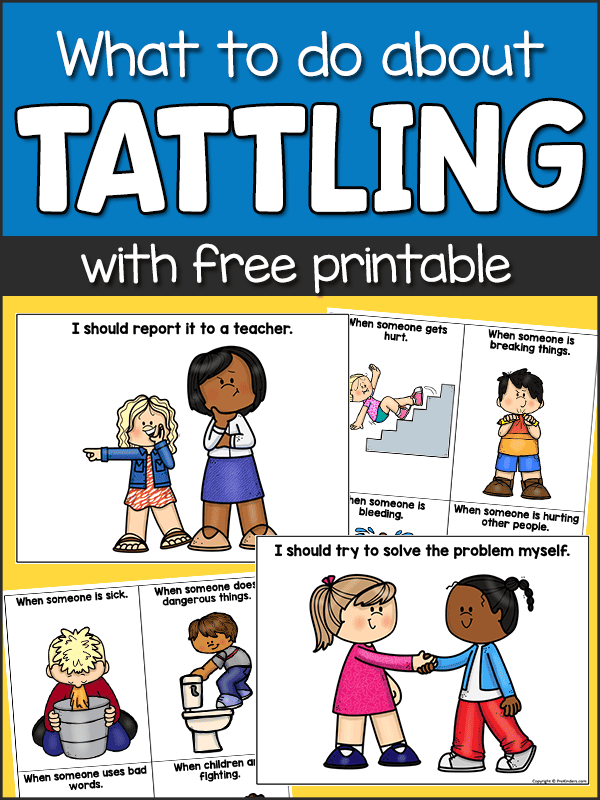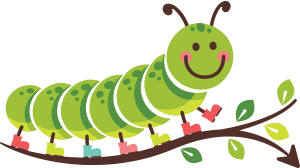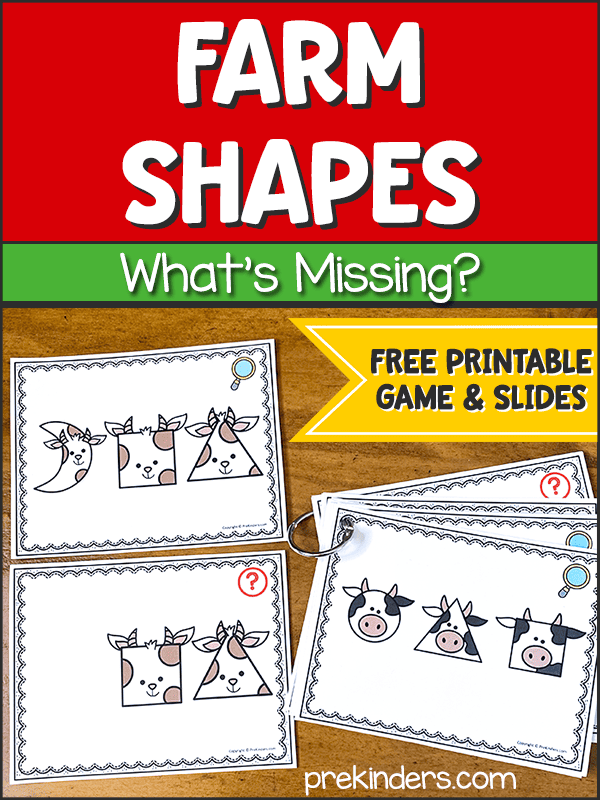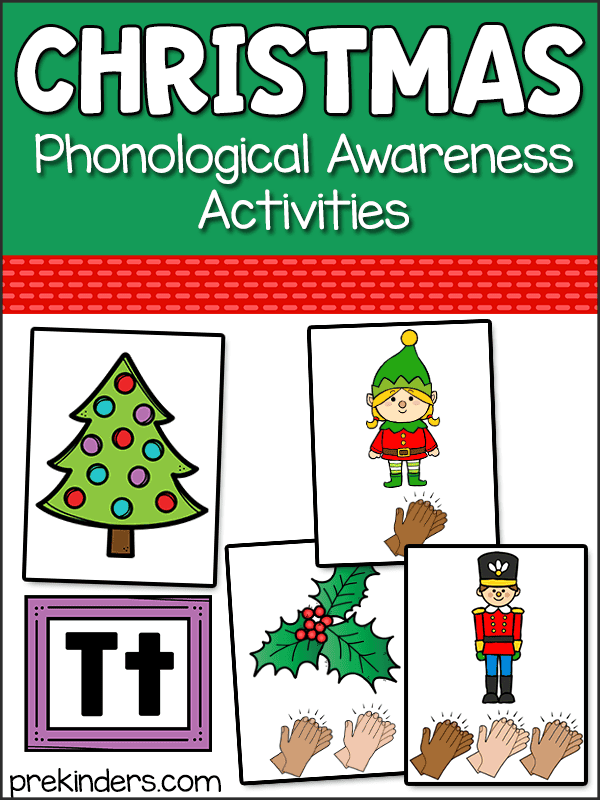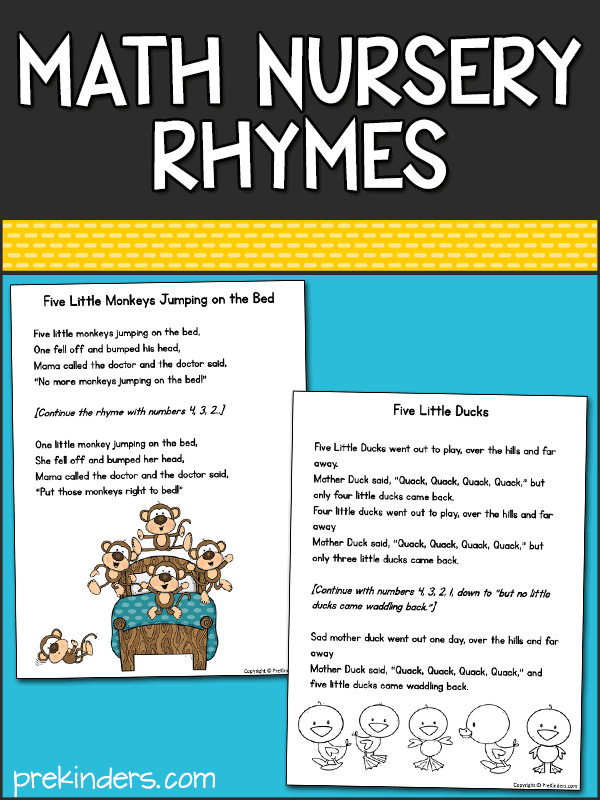There’s a lot of tattling going on in preschool classrooms! It can often feel like a nuisance, especially with preschool teachers dealing with larger class sizes, which means they have to deal with even more tattling. It becomes overwhelming!
Young children are not only learning ABCs and 123s, but also important social skills. Tattling is an opportunity for teachers to help children learn problem-solving and communication skills. So, how should preschool teachers handle tattling?
Understanding Tattling
Children tattle for various reasons. They may be seeking adult attention or approval: to show that they know the rules and/or are helping the teacher. They may not yet understand how to solve a problem themselves. Or, they may be seeking fairness.
Tattling is part of the child’s process of learning self-discipline. They are learning the rules and are able to apply rules to others before they can apply it to themselves.
Realize that children will tattle. Don’t make a big deal about it when they do.
1. Teach the difference between Tattling vs. Reporting:
Help children understand the difference between tattling and reporting. Encourage children to think first before they come to you, and ask themselves: am I trying to help someone who is hurt, or am I trying to get someone in trouble?
Here are some simple ways to explain tattling vs. reporting to children:
Tattling is when you tell on someone for small things that aren’t a big deal.
Reporting is when you tell to help keep everyone safe.
For example, if your friend took a toy from you but gave it back, and you tell the teacher even though everything is okay now, that’s tattling. If a child is hurt, or if someone is being mean and won’t stop, that’s reporting.
To help children learn Tattling vs. Reporting, here is a free set of visuals to use with your students to discuss the situations that should be reported to a teacher. Use these for class discussions and create a poster to hang on the wall for children to refer back to later.
2. Set Clear Expectations:
Have a class discussion and set guidelines for when children should tell a teacher, when they should not tell a teacher, and when they should try to solve a problem themselves. Teach them to use their words to express their feelings and communicate with others.
3. Encourage Problem Solving:
When a child tattles, ask them questions that encourage problem-solving. For example, “What can you do to solve this problem without my help?” or “Have you tried talking to your friend about how you feel?”
4. Teach Conflict Resolution:
Help children learn conflict resolution by teaching them to listen to others and to express their feelings. Teach them tools like “I-messages” (for example, “I feel upset when you take my toy”) to communicate with others.
5. Model Empathy:
Demonstrate empathy by showing that you understand their feelings and concerns. By saying things like, “I see that you’re upset about this” you model empathy and help them develop this social skill.
6. Praise Positive Behavior:
Reinforce positive behavior by praising children when they handle conflicts independently and report genuinely concerning situations. This can help decrease tattling just for attention seeking.
7. Time and Place for Tattling:
You can create a specific time and place for children to share their concerns with you. For example, you might want to discourage tattling during circle time or small group so that these learning times are not interrupted. Instead, give children a time when it is okay to come to you for help with an issue. You can also create a problem-solving corner in your classroom. There will also be certain situations where it’s always okay to interrupt you.
Download the Tattling vs. Reporting Visual Resources:
This is a free resource – just click to download!
You will also like this Social Skills resource:
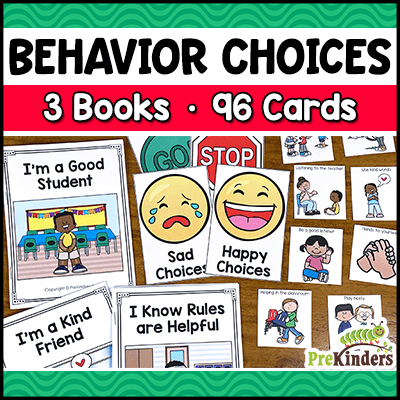
* Social Story Books: 3 printable books to help children learn about good choices. Titles include: “I Know Rules Are Helpful”, “I’m a Kind Friend”, “I’m a Good Student”
* 96 Behavior Cards: Great for sorting. There are 48 positive behavior cards & 48 negative behavior cards.
* Chart Toppers
* Sorting Mats
